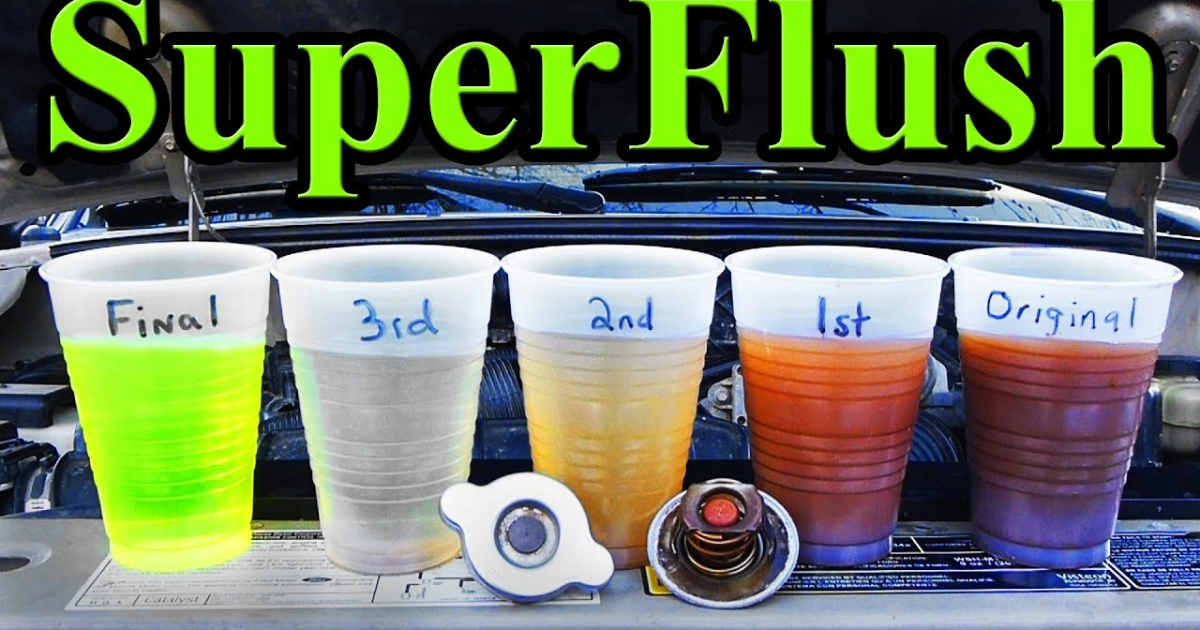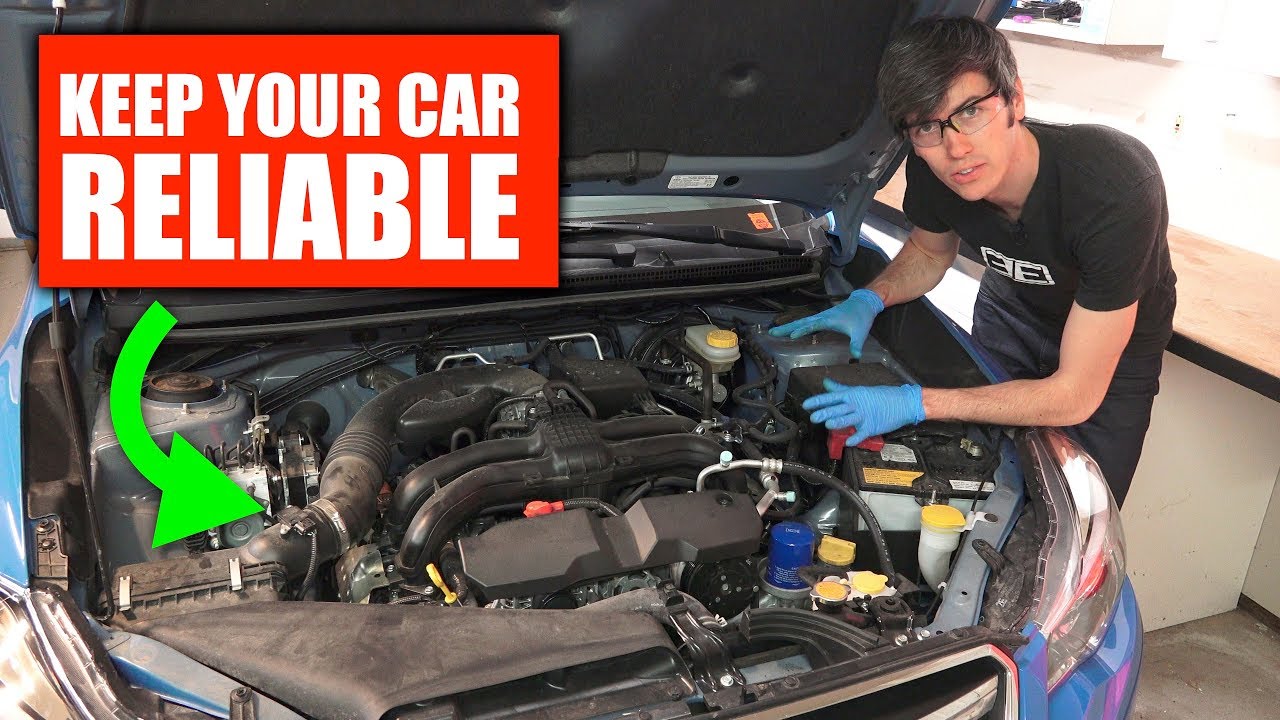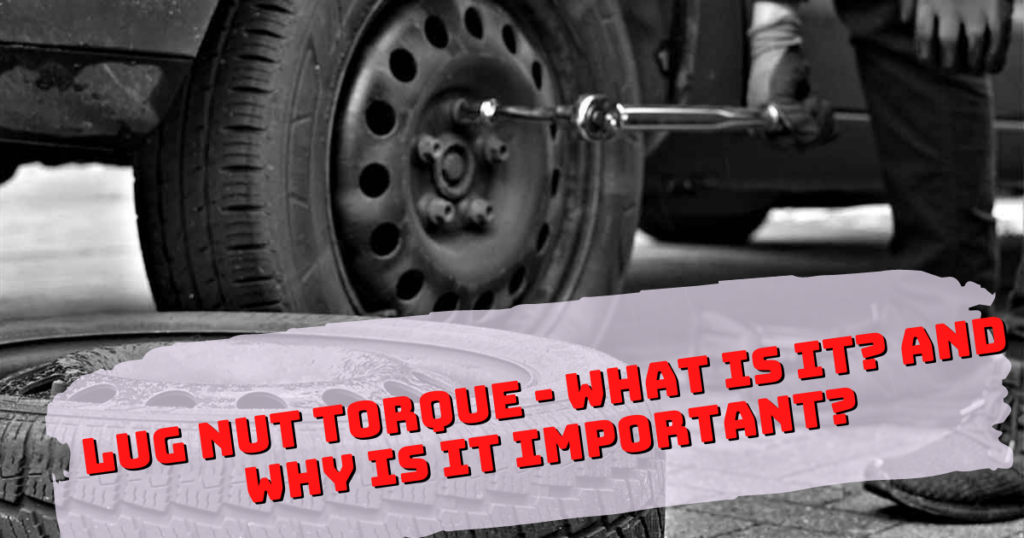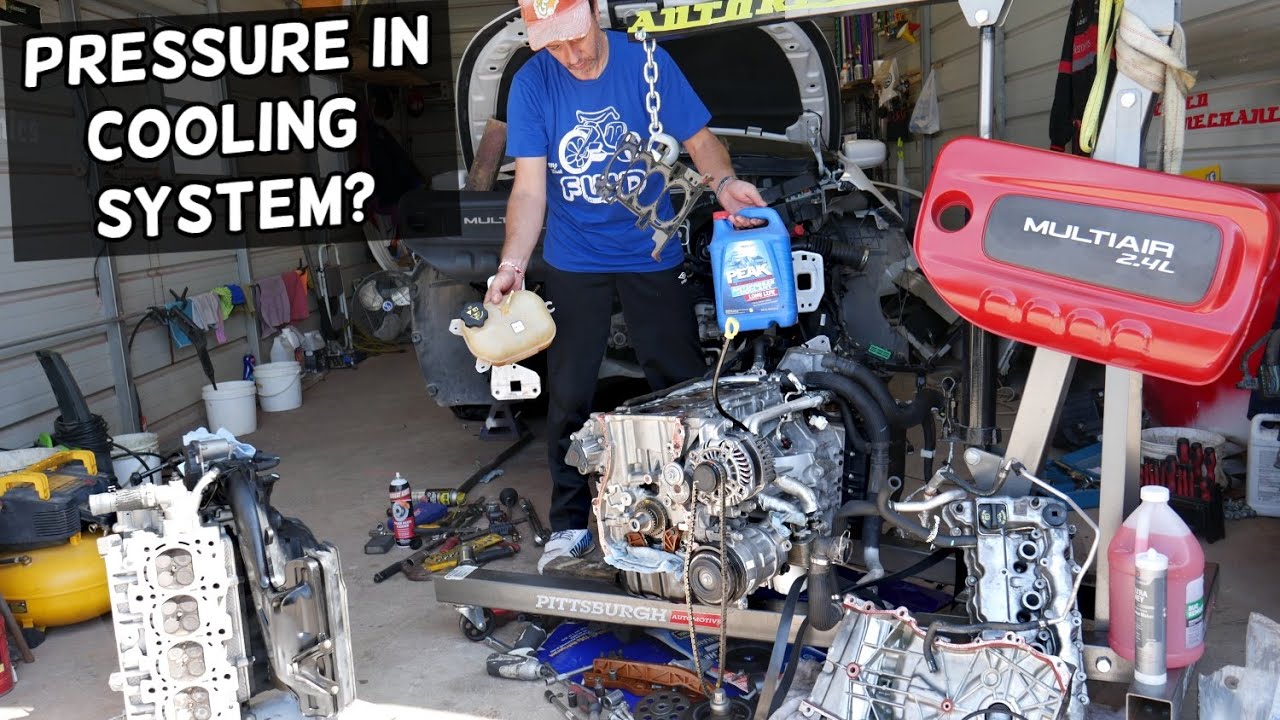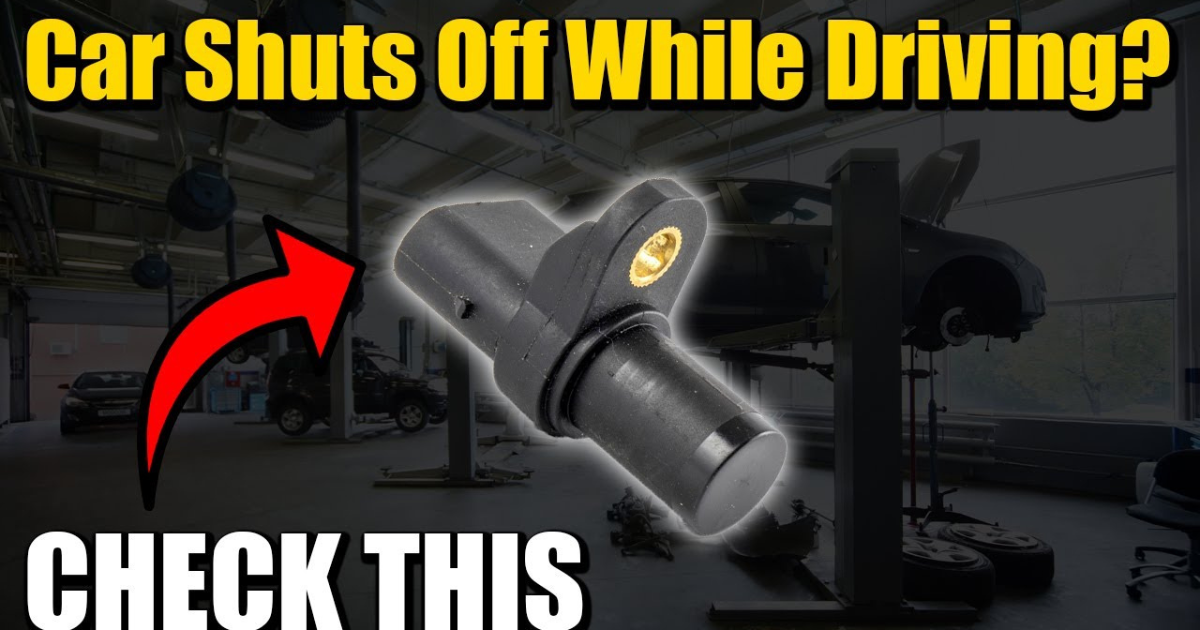Maintaining your car’s cooling system is crucial to prevent overheating and extend the life of your engine. One essential maintenance task is a coolant flush, which involves draining and replacing the old coolant in your car’s radiator. In this article, we’ll discuss what a coolant flush is, why it’s necessary, and how to do it yourself.
What is a Coolant Flush?
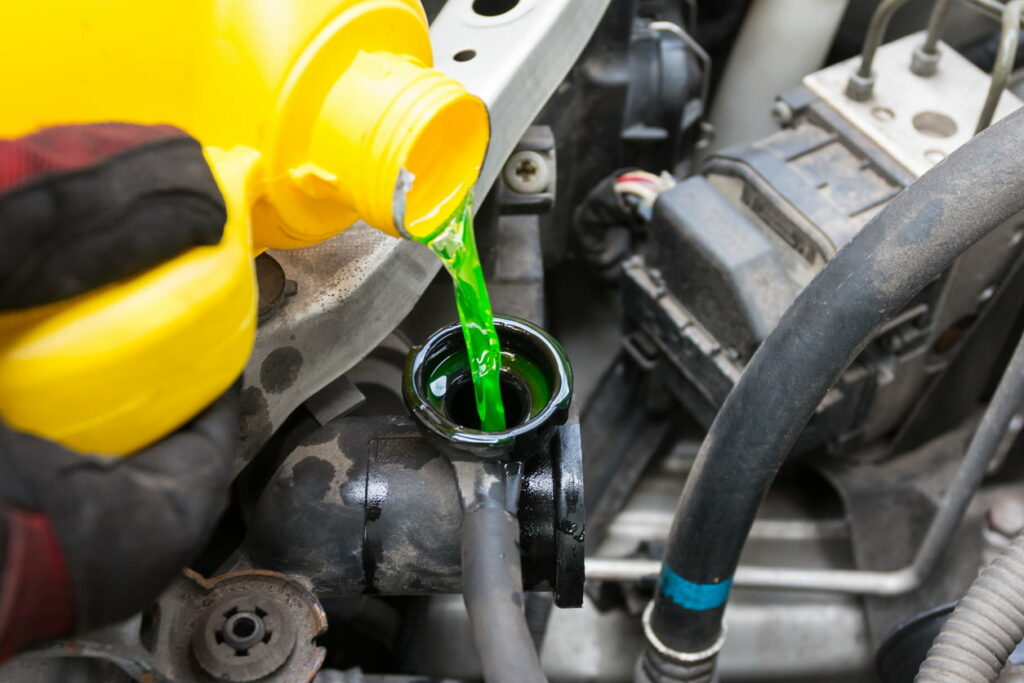
A coolant flush is the process of draining and replacing the old coolant in your car’s radiator. The coolant, also known as antifreeze, is a mixture of water and chemicals that help regulate your engine’s temperature. Over time, the coolant can become contaminated with rust, scale, and other debris, which can reduce its effectiveness and cause corrosion in your engine. A coolant flush helps remove these contaminants and restore your cooling system’s performance.
Why is a Coolant Flush Important?
A coolant flush is essential for several reasons. Firstly, it helps prevent overheating by ensuring that your cooling system is working correctly. Overheating can cause severe damage to your engine, including warped cylinder heads, cracked engine blocks, and blown head gaskets. A coolant flush can help prevent these expensive repairs by removing contaminants that can cause blockages and reduce coolant flow.
Secondly, a coolant flush can help extend the life of your car’s cooling system components. The chemicals in the coolant help protect against corrosion and rust, which can cause leaks and other damage. Over time, these chemicals can break down and become less effective, leaving your engine vulnerable to damage.
Lastly, a coolant flush can improve your car’s fuel efficiency. A properly functioning cooling system helps regulate engine temperature, which can help reduce fuel consumption. By removing contaminants and restoring coolant flow, a coolant flush can help improve your car’s overall performance and fuel efficiency.
How to Do a Coolant Flush
Doing a coolant flush yourself is a relatively simple process that can save you money on labor costs. Here’s how to do it:
- Gather your supplies. You’ll need a gallon of coolant, a drain pan, a funnel, and a radiator flush solution. You can find these supplies at your local auto parts store.
- Locate the radiator drain plug. This is usually located on the bottom of the radiator. Place your drain pan underneath it.
- Open the radiator cap. This will relieve pressure in the system and make it easier to drain the coolant.
- Remove the radiator drain plug. Allow the coolant to drain completely into the drain pan.
- Add the radiator flush solution. Follow the instructions on the package for the correct amount.
- Run the engine. Start the engine and let it run for a few minutes to circulate the flush solution through the system.
- Drain the system again. Turn off the engine and allow it to cool before draining the system again.
- Refill the system with new coolant. Use a 50/50 mixture of coolant and water. Fill the radiator to the recommended level.
- Bleed the system. Start the engine and allow it to warm up. Open the radiator cap and let any air bubbles escape. Check the coolant level regularly and add more if necessary.

